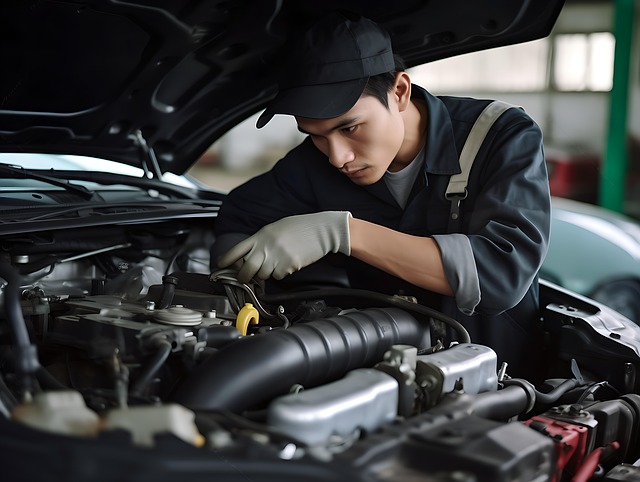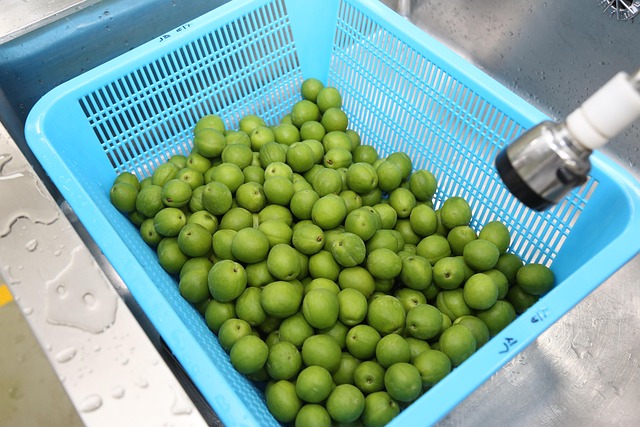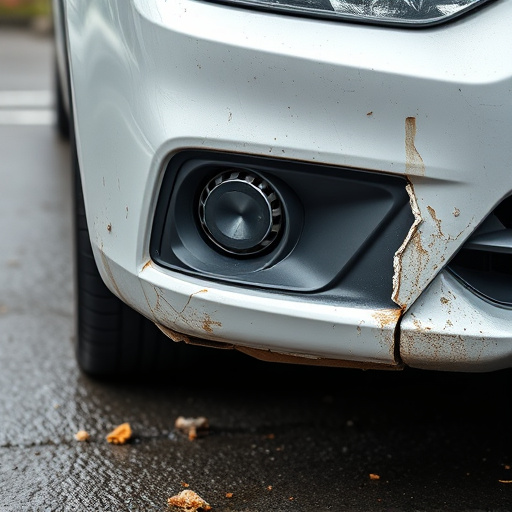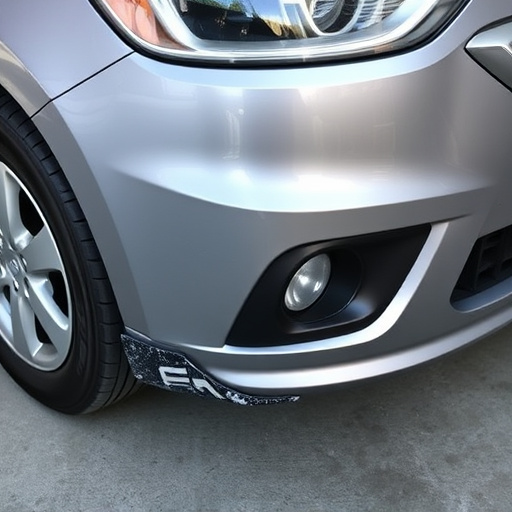Plastic welding technology is a revolutionary process that streamlines operations and reduces costs across various industries, notably vehicle collision repair and bumper restoration. By melting and fusing plastic materials, this advanced method creates strong bonds quickly, meeting customer demands for fast turnaround times. Its versatility allows for repairing diverse automotive parts, making it an indispensable tool in modern collision repair practices while offering significant time and cost savings compared to traditional methods. Beyond manufacturing, plastic welding technology enhances productivity, safety, and sustainability in various sectors, from industrial equipment maintenance to recreational vehicle modifications.
Plastic welding technology has emerged as a game-changer, transforming industries by offering efficient solutions for joining plastics. This innovative process isn’t just about convenience; it delivers significant time and cost savings, making it a popular choice for various sectors. From manufacturing to automotive, this technology’s versatility is undeniable. By understanding its fundamentals and exploring real-world applications, we uncover why plastic welding is a key enabler for modern production, ensuring faster turnaround times and optimized resource utilization.
- Understanding Plastic Welding Technology: A Brief Overview
- Time and Cost Savings: The Advantages of Using This Technology
- Real-World Applications: Where Is It Making an Impact?
Understanding Plastic Welding Technology: A Brief Overview
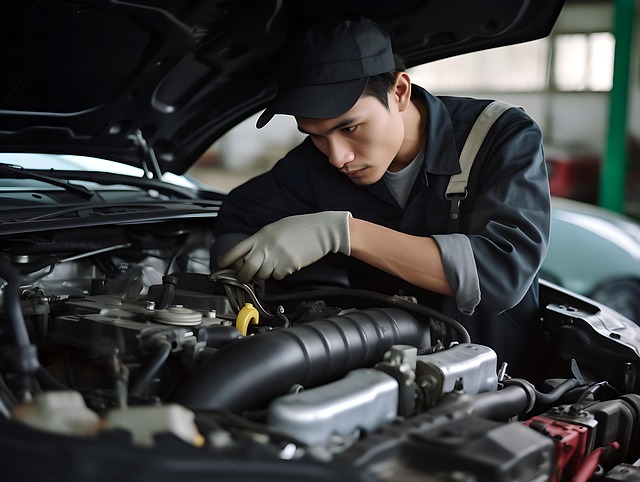
Plastic welding technology has revolutionized various industries, particularly in the realm of vehicle collision repair and bumper repair. This innovative process involves melting and fusing plastic materials to create strong, durable bonds, offering a cost-effective alternative to traditional joining methods. By understanding how this technology works, businesses can harness its potential to streamline their operations and reduce costs without compromising quality.
At its core, plastic welding technology leverages specialized equipment, such as heat guns and ultrasonic welding machines, to apply precise amounts of heat to the surfaces to be joined. This heat softens the plastic, allowing it to flow and intermix, resulting in a strong bond that often exceeds the strength of the original material. This method is particularly beneficial for collision repair shops, where quick turnaround times are crucial to meet customer demands and minimize downtime for vehicle owners. Moreover, the versatility of plastic welding technology allows for efficient repairs on a wide range of automotive components, from bumpers to interior panels, making it an indispensable tool in modern collision repair practices.
Time and Cost Savings: The Advantages of Using This Technology

Plastic welding technology offers significant advantages when it comes to time and cost savings, making it a preferred choice in various industries. One of its key benefits is the reduced time required for repairs. Traditional methods often involve complex processes with longer turnaround times, but plastic welding streamlines these steps, enabling faster vehicle repair services. This efficiency is particularly valuable for auto maintenance operations aiming to maximize productivity and customer satisfaction.
Additionally, this technology minimizes material waste, which leads to substantial cost savings. By precisely melting and fusing plastic components, it eliminates the need for excessive materials, reducing labor costs associated with cutting, shaping, or acquiring new parts. This advantage is not just limited to auto repair shops but extends to various sectors, demonstrating how plastic welding technology contributes to more efficient and economical practices in vehicle repair.
Real-World Applications: Where Is It Making an Impact?

Plastic welding technology is making waves across various industries, proving its worth beyond the confines of manufacturing. Its real-world applications are vast and diverse, offering significant advantages in time and cost savings. In the automotive sector, for instance, plastic welding is revolutionizing collision repair services. Traditional methods often involve lengthy processes and expensive materials, but with advanced plastic welding techniques, repairs can be completed faster, reducing downtime for vehicle restoration.
The versatility of this technology extends to various projects, from industrial equipment maintenance to recreational vehicle modifications. In car collision repair, for example, it enables technicians to replace damaged parts with precise, durable welds, ensuring vehicles return to the road safely and efficiently. This not only minimizes expenses but also contributes to a more sustainable approach to vehicle restoration, making plastic welding technology an indispensable tool in modern workshops.
Plastic welding technology offers significant advantages in terms of both time and cost savings, as demonstrated by its wide real-world applications. By streamlining production processes and reducing material waste, this innovative technique is revolutionizing various industries. As the demand for efficient and sustainable manufacturing continues to grow, embracing plastic welding technology becomes an increasingly strategic decision for businesses aiming to stay competitive and cost-effective.


